Crypto collector Glen Miranker has come across an interesting strip cipher device. He can’t find any information about it. Can a reader help?
Last Saturday, I received an email from San Francisco based cipher machine collector Glen Miranker, whom I have met many times at crypto history conferences. Glen has come across a crypto device that was discovered in a London antiquarian book shop in 2018. It’s named “Suggate’s ‘Inpenetrable’ Secret Cipher”.

Source: Miranker
Here’s a picture of the inside:
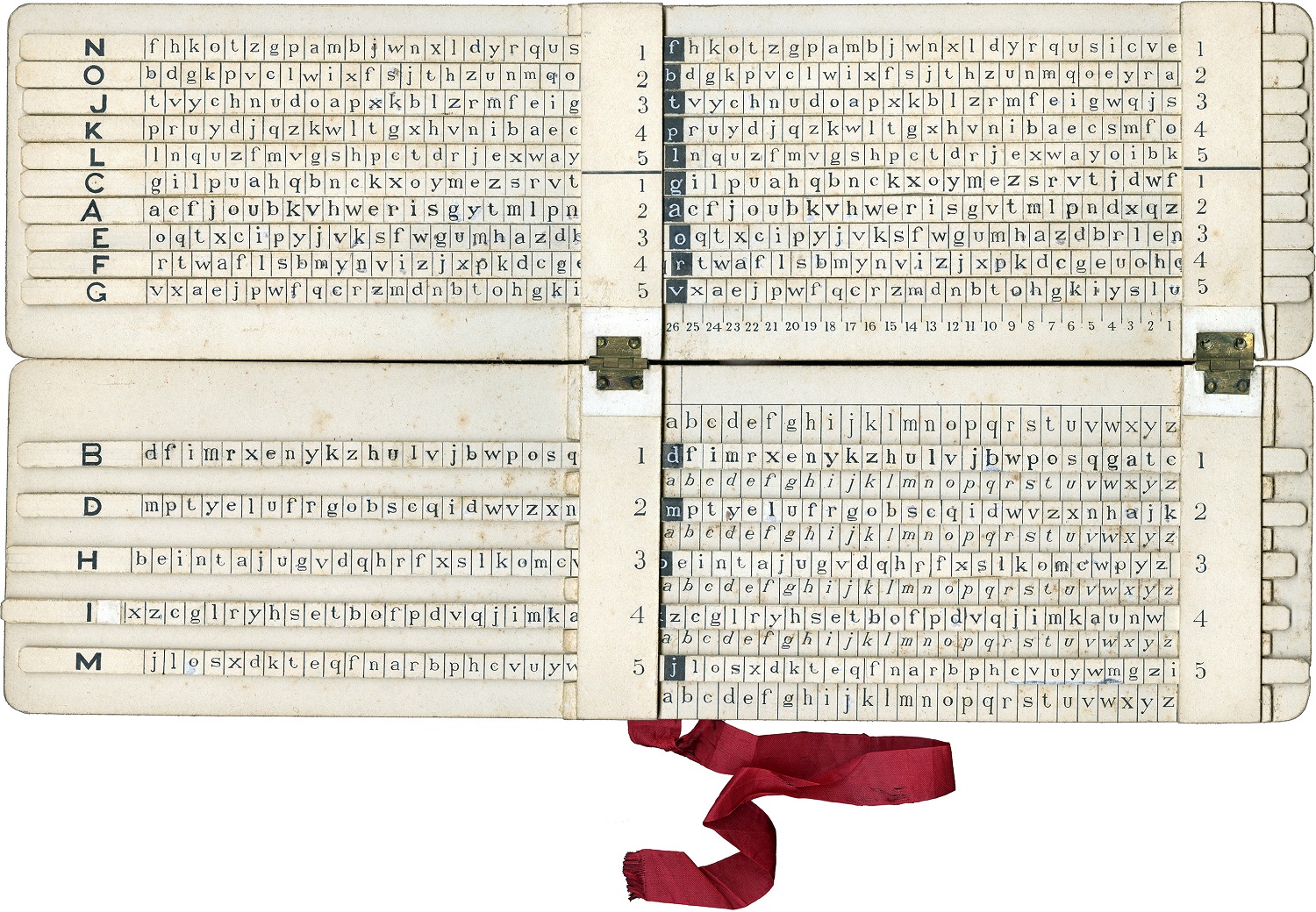
Source: Miranker
From a cryptologist’s point of view, this device implements a strip cipher. Similar tools of this kind include the M-138 …
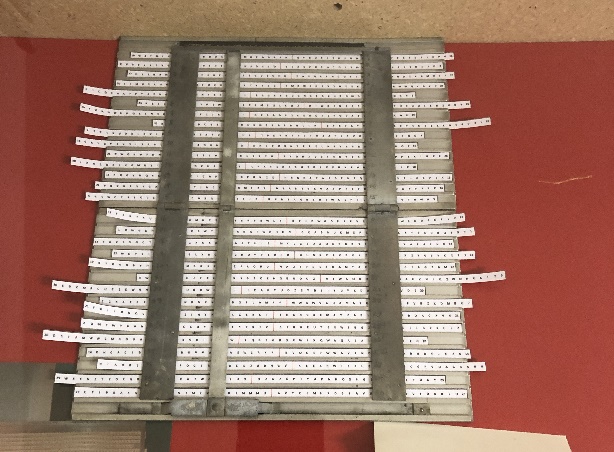
Source: Schmeh, Lehrsammlung Nachrichten-, Fernmelde- u. Informationstechnik
…, the Criptografo Palacios …
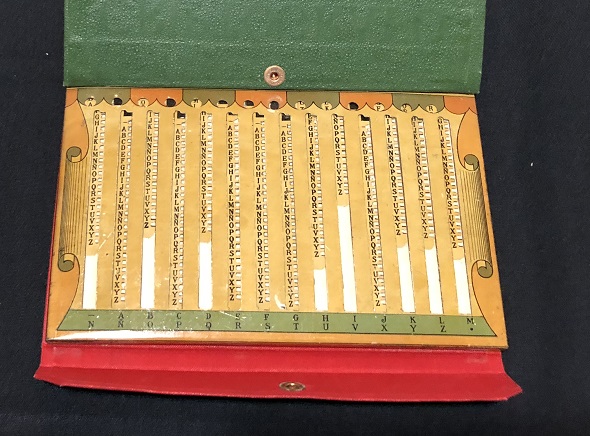
Source: Schmeh, Alexander
…, and the Sphinx.
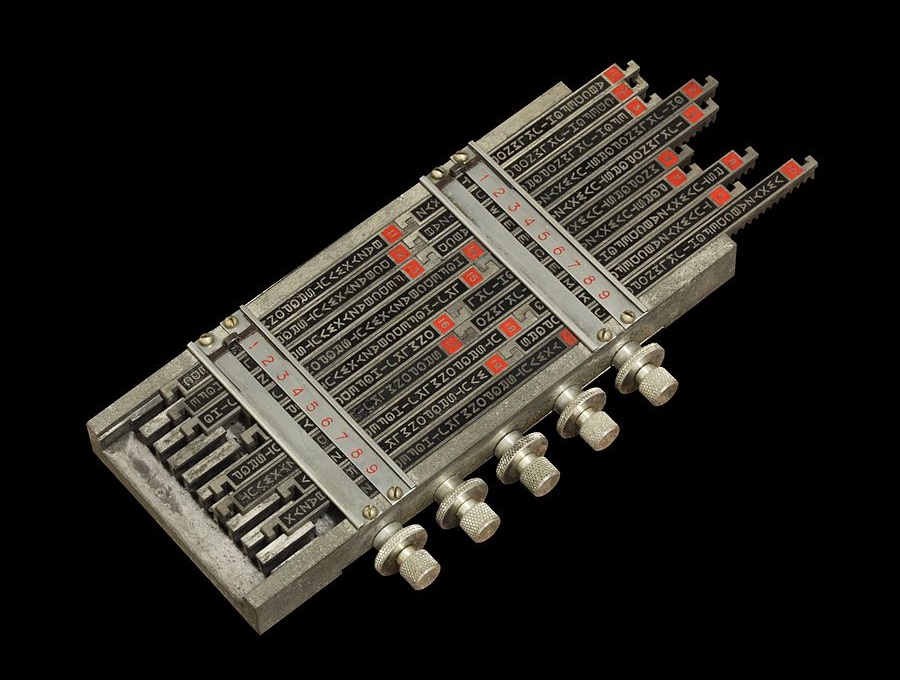
Photograph by Rama, Wikimedia Commons, Cc-by-sa-2.0-fr
All of these devices were constructed around 1930. The wrapping the Suggate device was contained in …
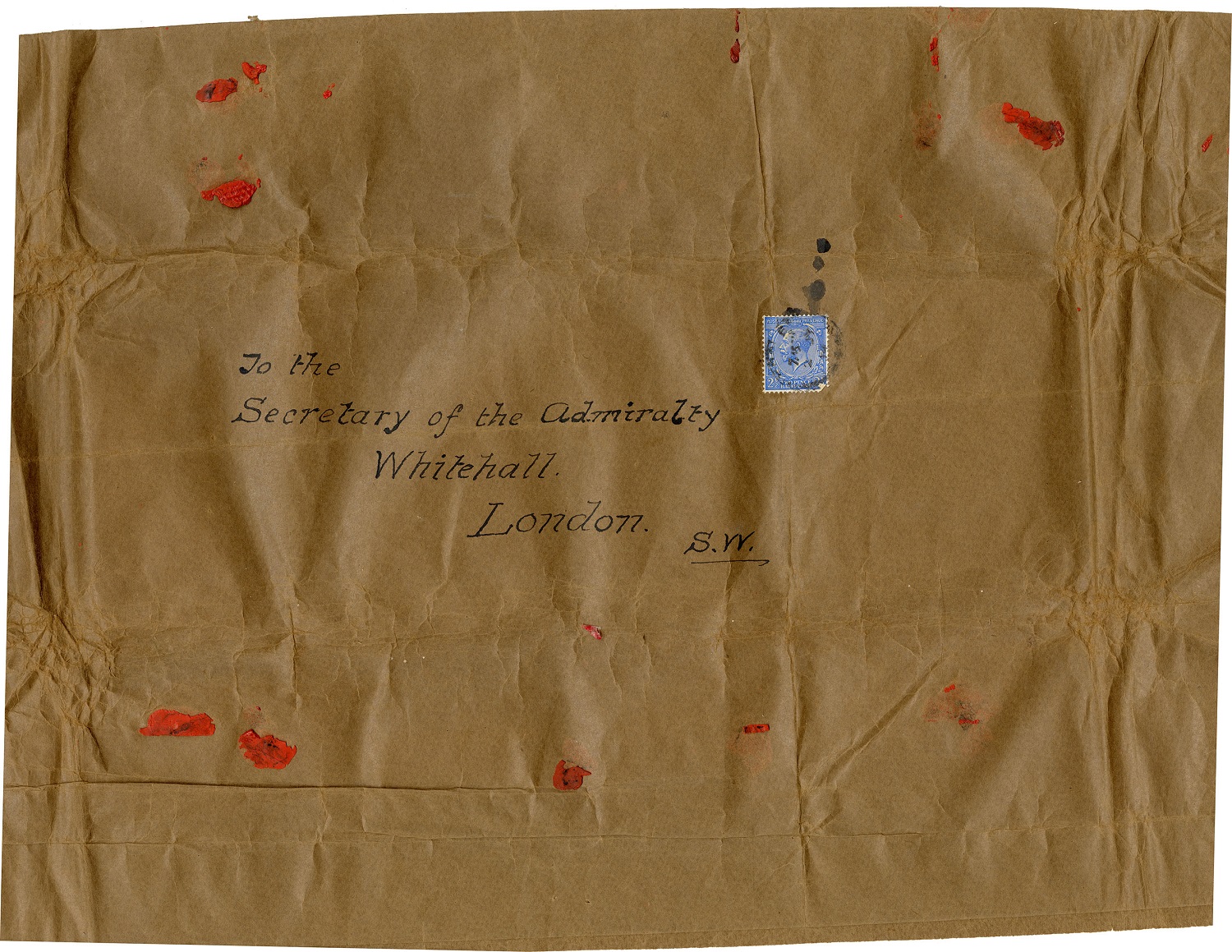
Source: Miranker
… bears the address of the Secretary of the British Admiralty in London. My guess is that the inventor of the device sent a prototype to the admiralty, hoping that his tool would be useful for the military. Things like this happened quite often.
It is not known when the Suggate cipher was made. The wrapping bears a stamp …
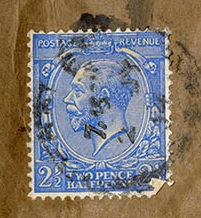
Source: Miranker
…, but no date is readable. According to Glen, the stamp itself can be used to narrow down the probable dates of the device’s mailing. He wrote: “The crypto-device together with its mailing wrapping weighs 7.2oz. Consulting the Great Britain Philatelic web-site (suggested and found by Elonka Dunin) we find that the cost to post an 8oz letter was < 2½d before November 1915, and more than 2½d after June 1920.”
Here are a few more obervations Glen sent me:
- There are a total of 15 movable horizontal strips, a group of 10, a second group of 5. Each strip has 52 characters bearing two identical copies of the alphabet. Each strip appears to be a unique, manually picked random ordering of the letters of the alphabet. Manually is conjectured as there are no repeated digraphs or trigraphs among the strips.
- The group of 5 strips are separated by a strip sized gap. The gap has a fixed alphabet with the 26 letters in alphabetic order and with the same spacing as the letters on the strips.
- A few of the letter positions on the strips appear to have been whited out and a new (?) character drawn in. Any letters that were corrected on the right side of the strip, match the character on the left side of the strip and vice-versa. So it would appear that the corrections are simply to “typographical” errors.
- The fixed vertical strip (under which the strips slide) divides the 15 lettered strips in half horizontally and labels the top 10 strips 1–5, 1–5 and the lower 5 strips 1–5.
- The “Suggate Cipher Device” has at least one feature I have not seen on strip cipher devices: two groups of strips, one of five strips and one of ten strips. Also, the group of five strips is bounded by six fixed “clear text” alphabets: the first and sixth appear to be block letters, the second through fifth are italic (?).
Glen and I have not found any information about the Suggate strip cipher anywhere. It appears to be a very rare device. Perhaps, the specimen that was sent to the British Admiralty is even the only one that ever existed. In addition, it is not clear how exactly the device worked. If a reader can help, please let Glen and me know.
Follow @KlausSchmeh
Further reading: Who knows anything about this rare encryption machine?
Linkedin: https://www.linkedin.com/groups/13501820
Facebook: https://www.facebook.com/groups/763282653806483/

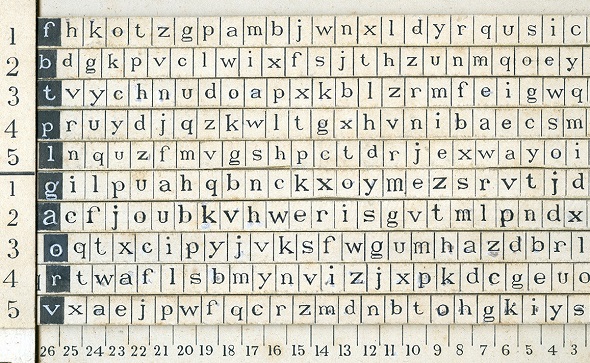

Kommentare (10)